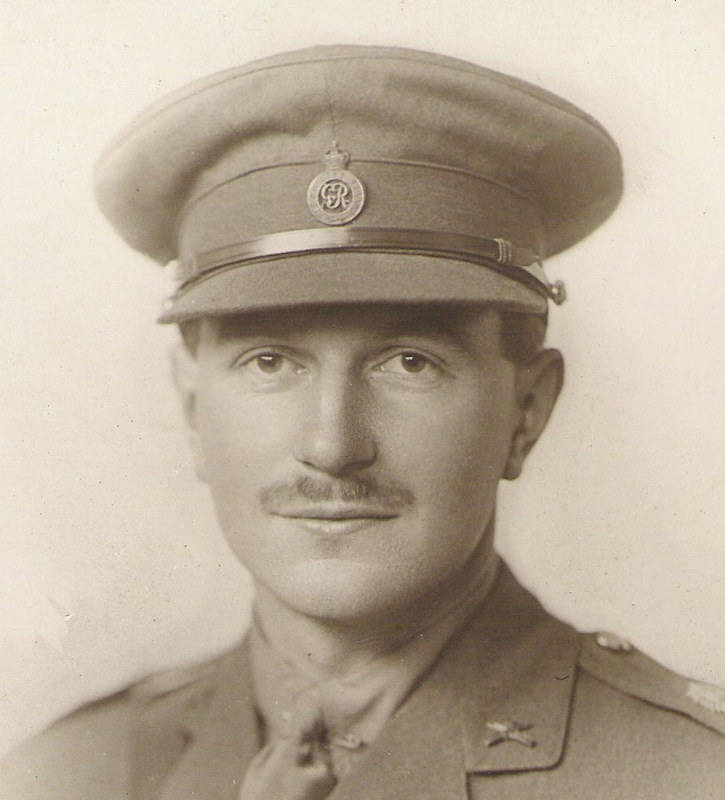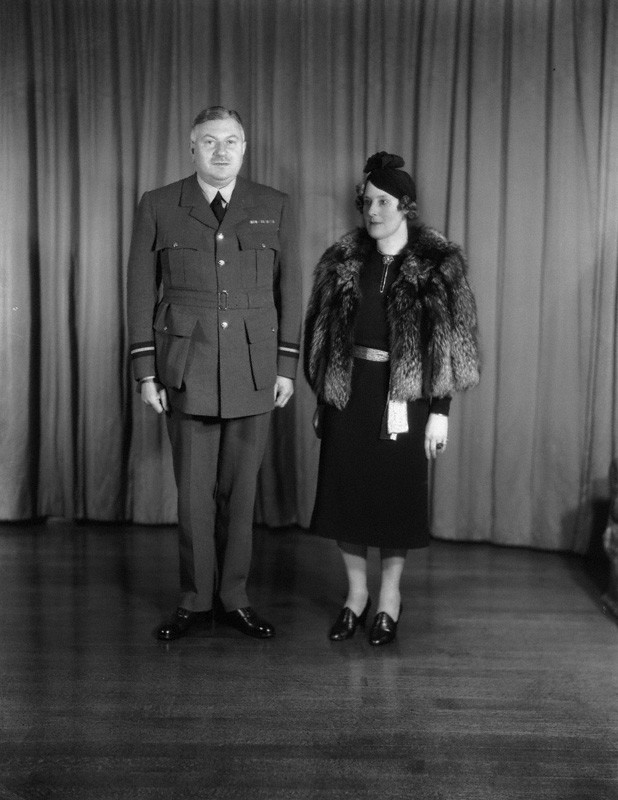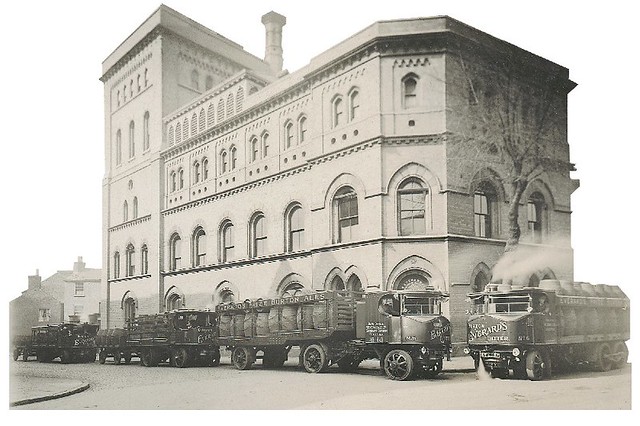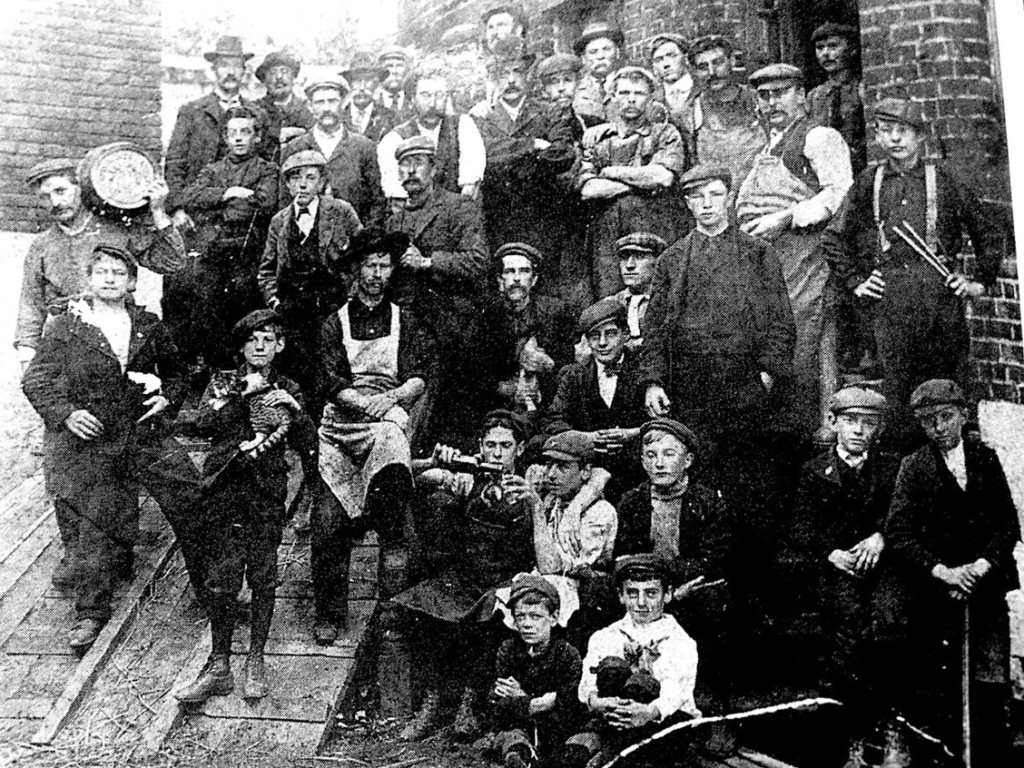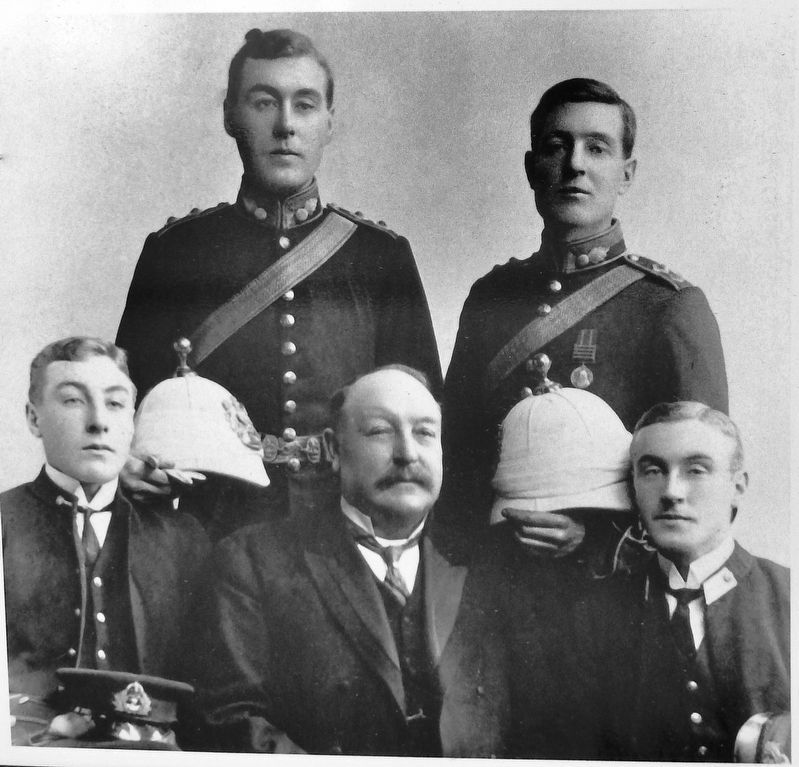
Today is the 62nd birthday of Ron Barchet, a co-founder of Victory Brewing Co., along with his childhood friend Bill Covaleski. I first met Ron at the brewery doing an article on Pennsylvania breweries for the Celebrator over a decade ago. It’s been great seeing his brewery rack up victory after victory as they’ve grown and become one of Pennsylvania’s best, biggest and brightest. Join me in wishing Ron a very happy birthday.
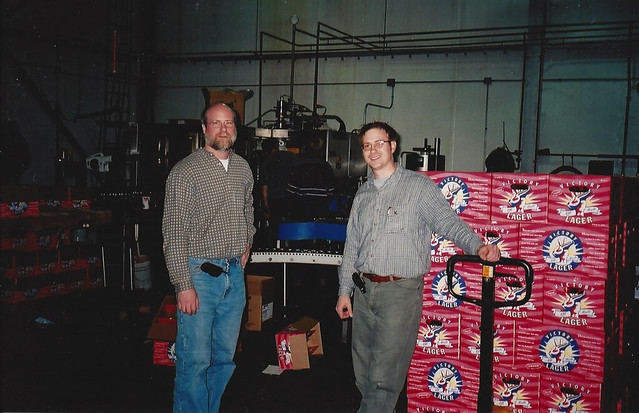
Ron with Bill Covaleski at the brewery when I visited them in 2002 or 2003.

Bill Covaleski with Ron in a publicity photo supplied with a press release announcing their merger with Southern Tier.






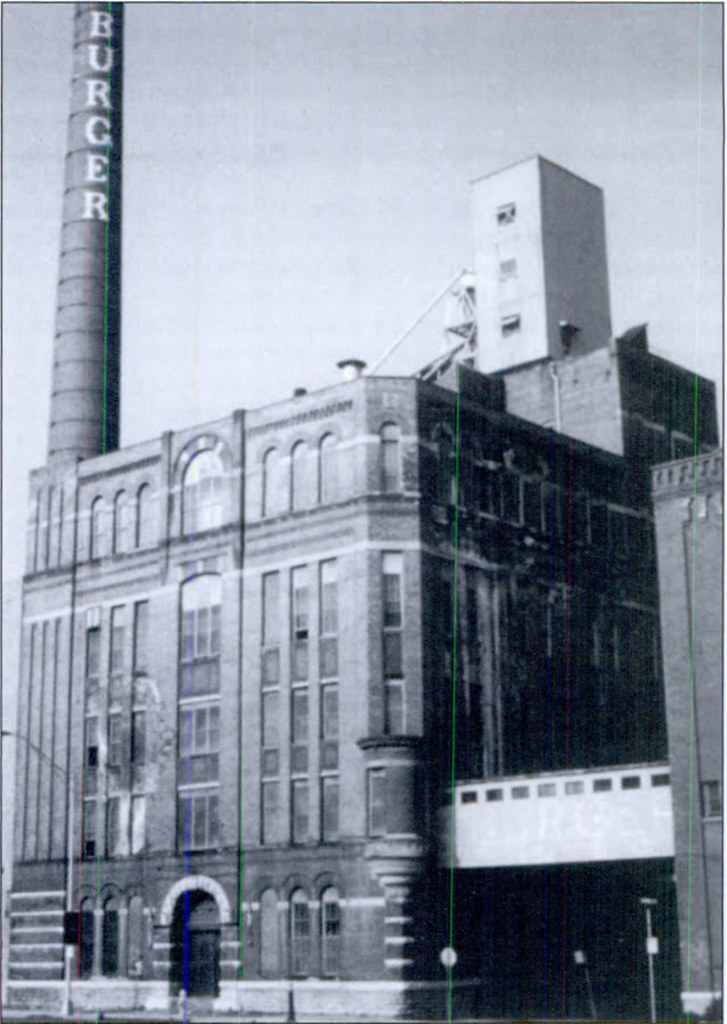
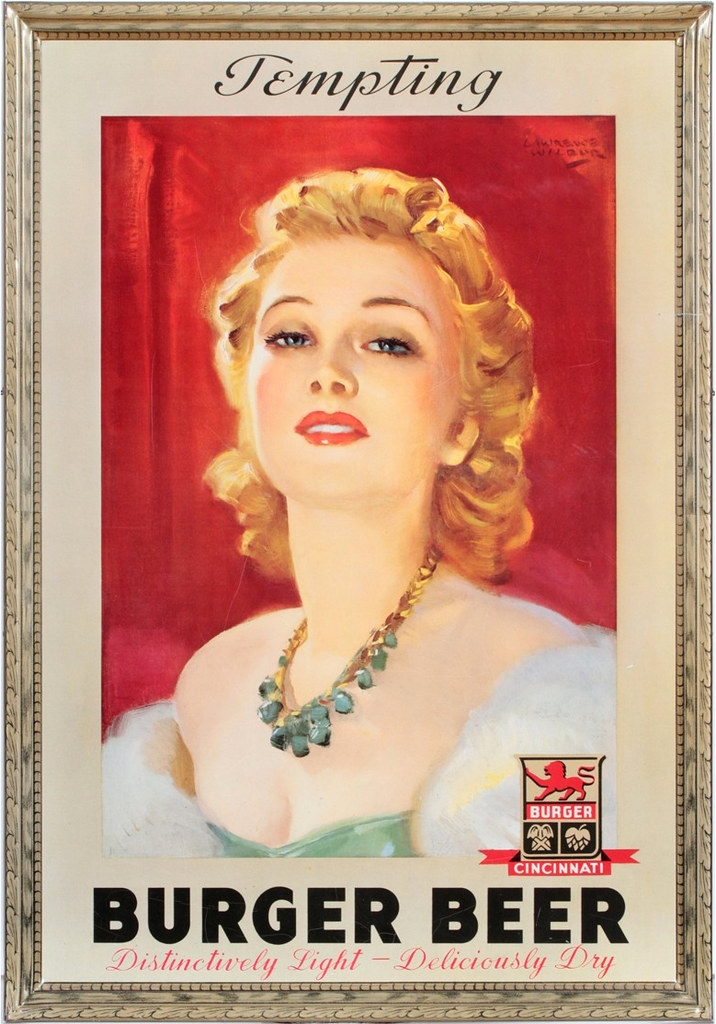



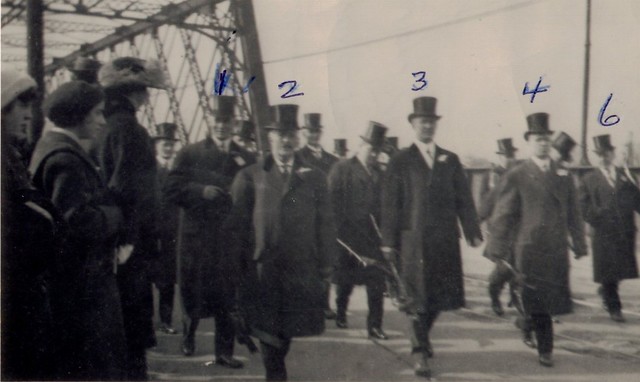



 Vinnie Cilurzo, me and Joe at the Pliny the Elder release a few years ago at Russian River Brewing.
Vinnie Cilurzo, me and Joe at the Pliny the Elder release a few years ago at Russian River Brewing.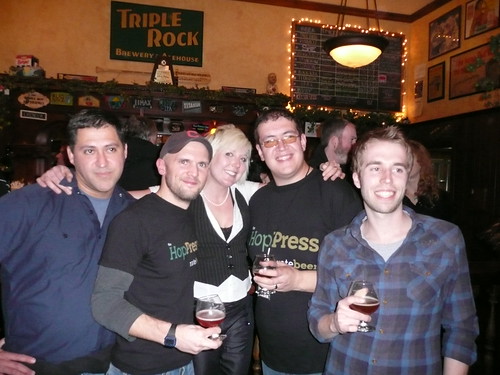



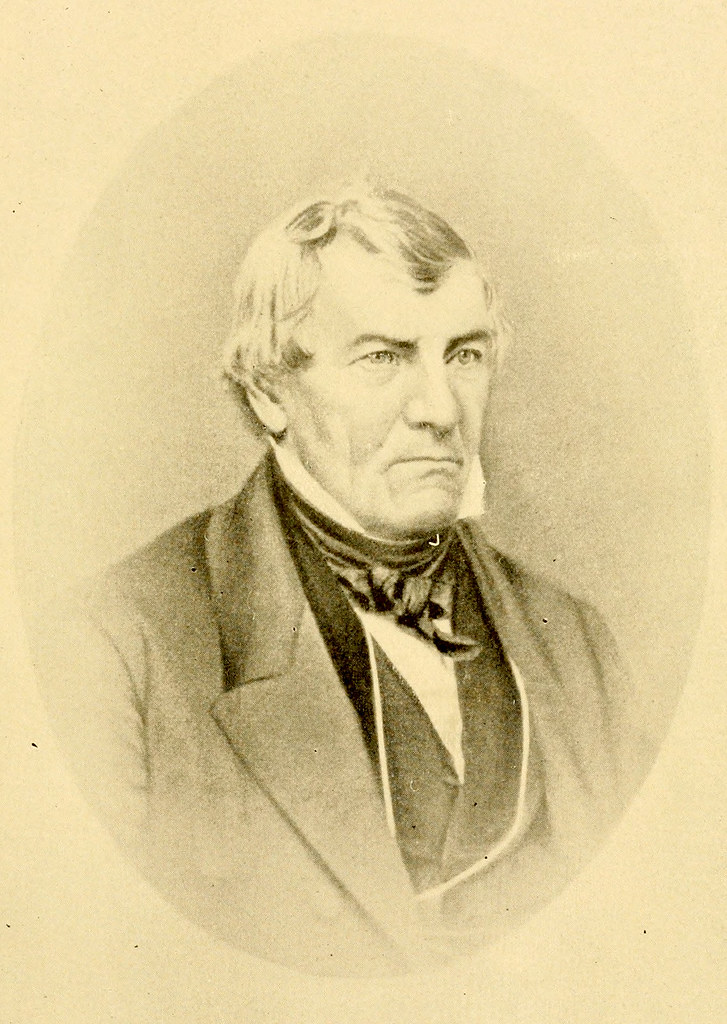
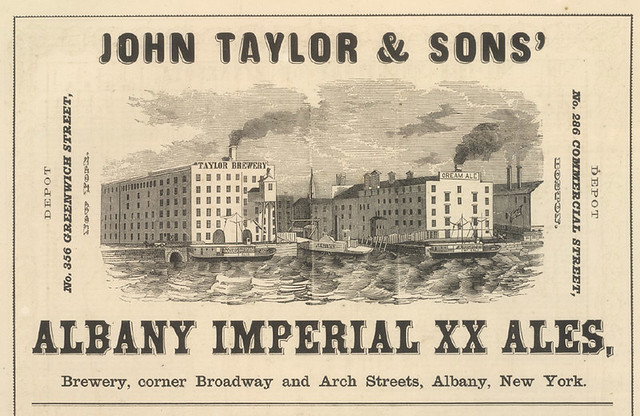
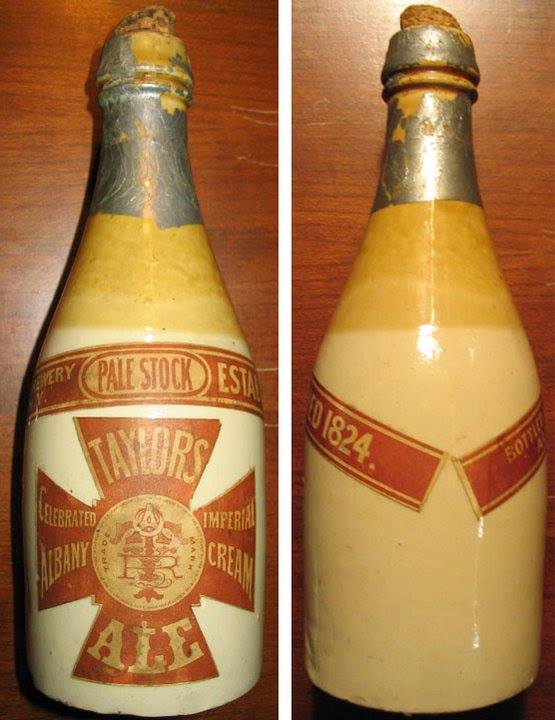
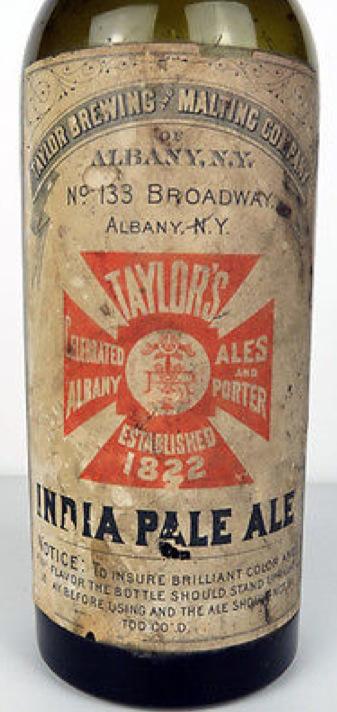
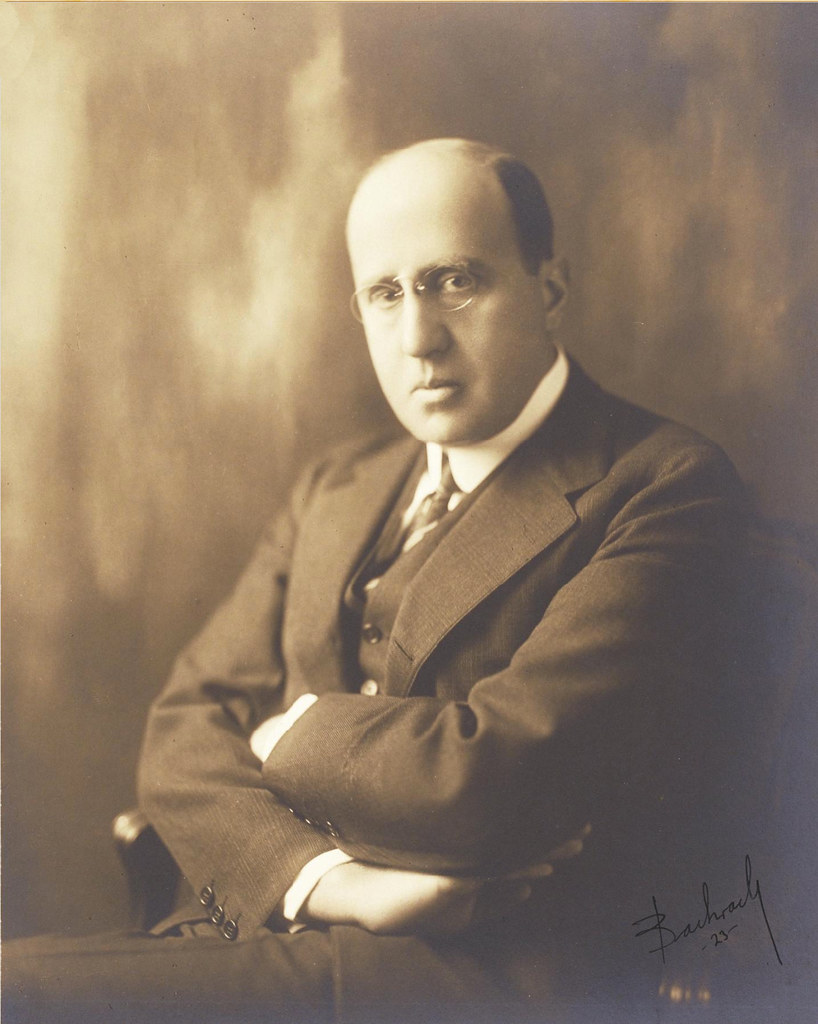

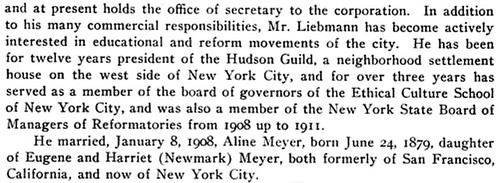
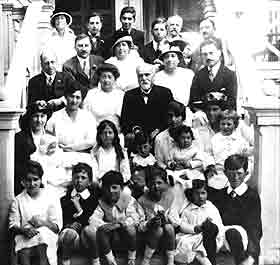

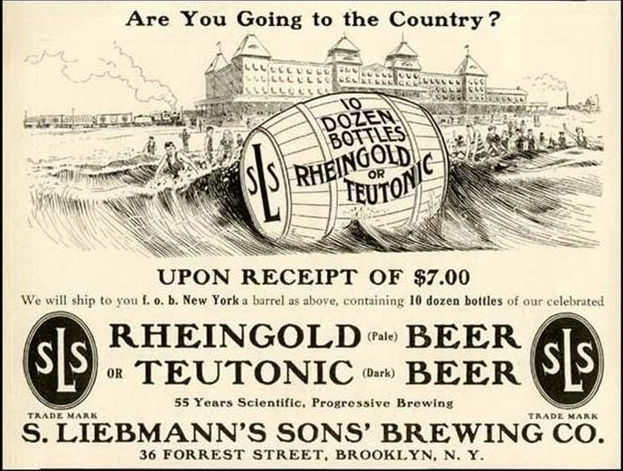
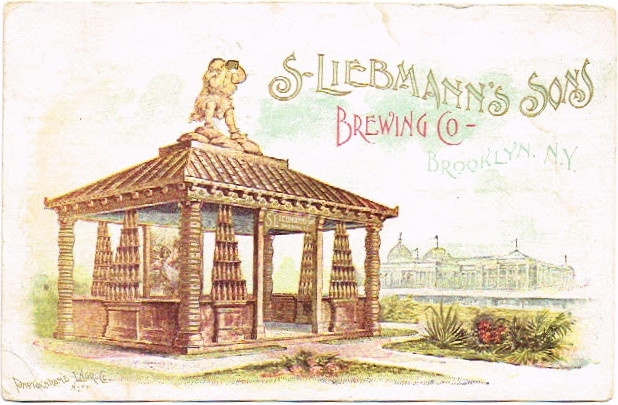

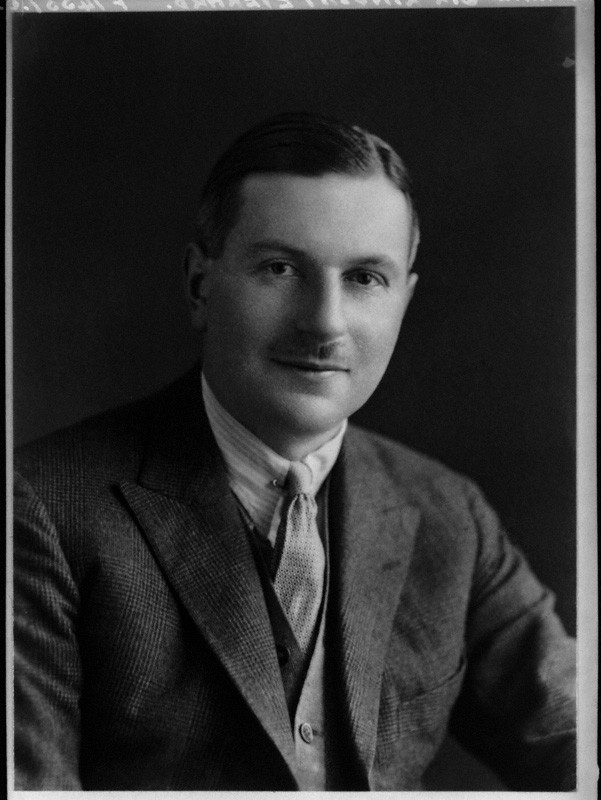 1951 photo of Sir (William) Lindsay Everard by Elliott & Fry, from the
1951 photo of Sir (William) Lindsay Everard by Elliott & Fry, from the 